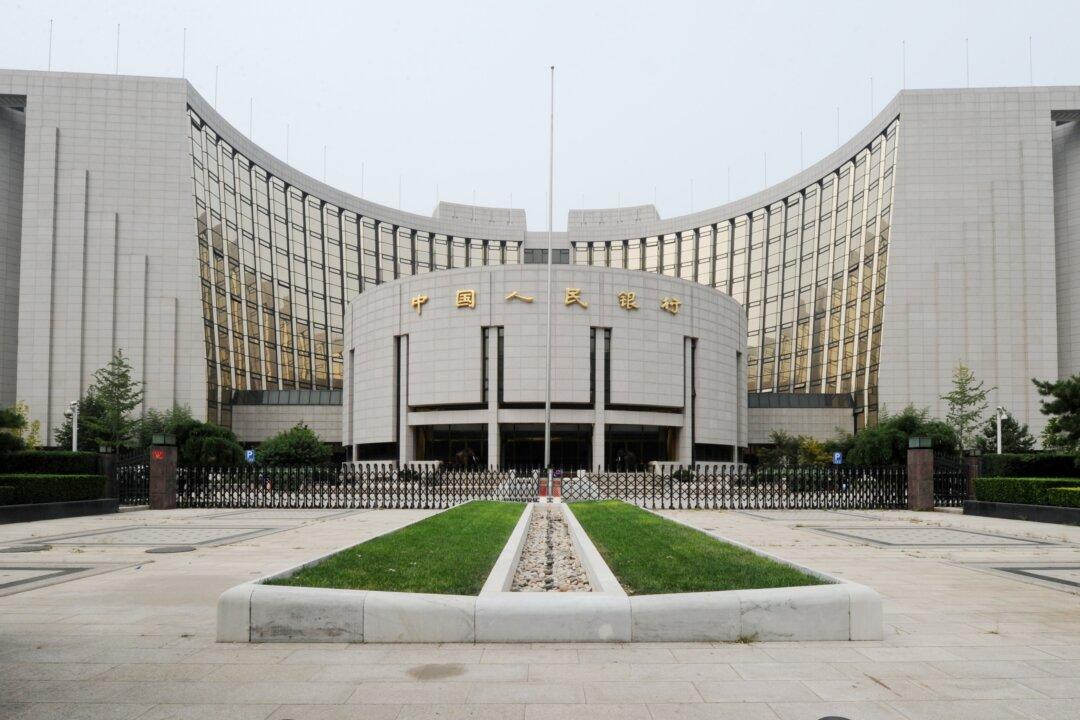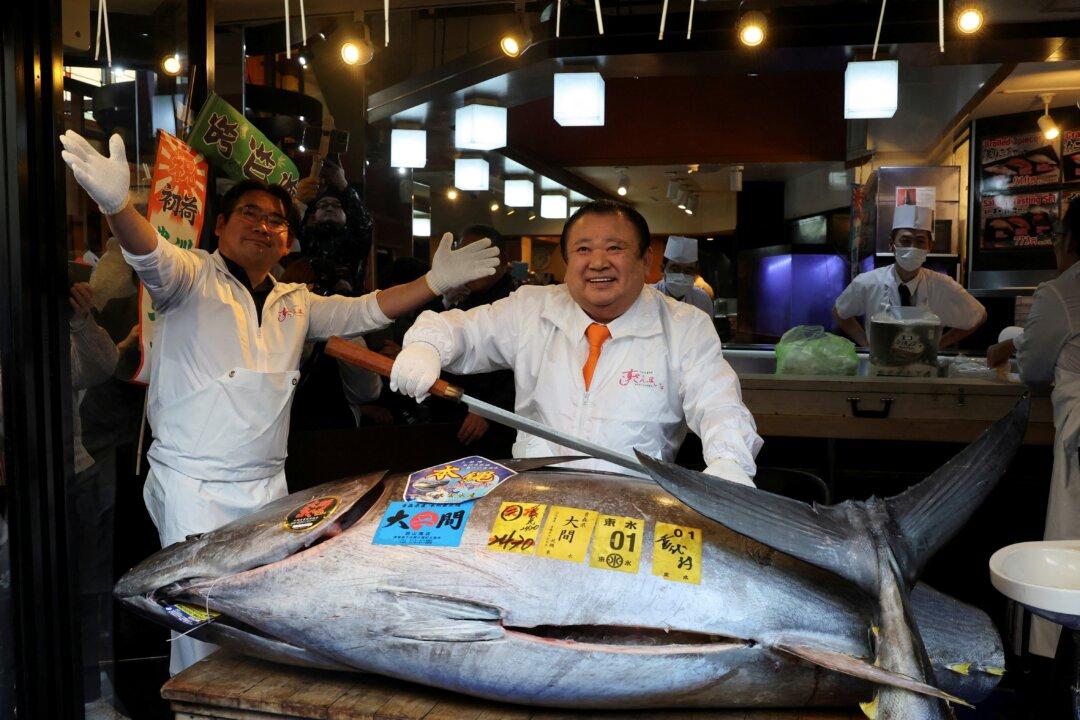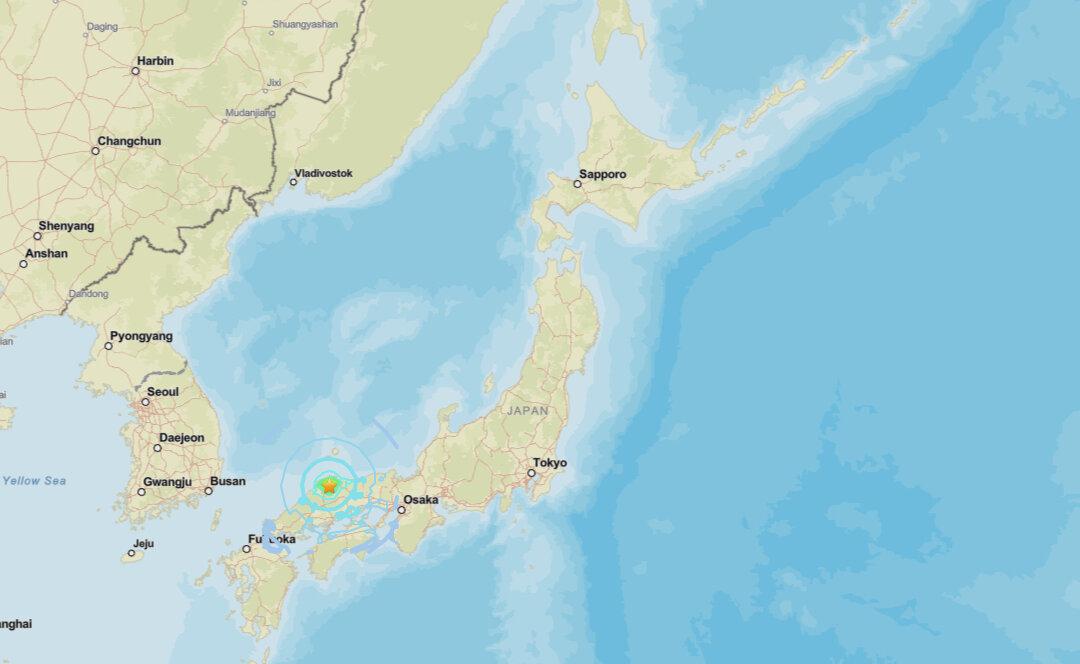BEIJING—China said on Friday it would cut the amount of cash that banks must hold as reserves for the first time this year, releasing about 530 billion yuan ($83.25 billion) in long-term liquidity to cushion a sharp slowdown in economic growth.
The People’s Bank of China (PBOC) said on its website it would cut the reserve requirement ratio (RRR) for all banks by 25 basis points (bps), effective from April 25, but analysts said it might not yet be enough to reverse the slowdown.





